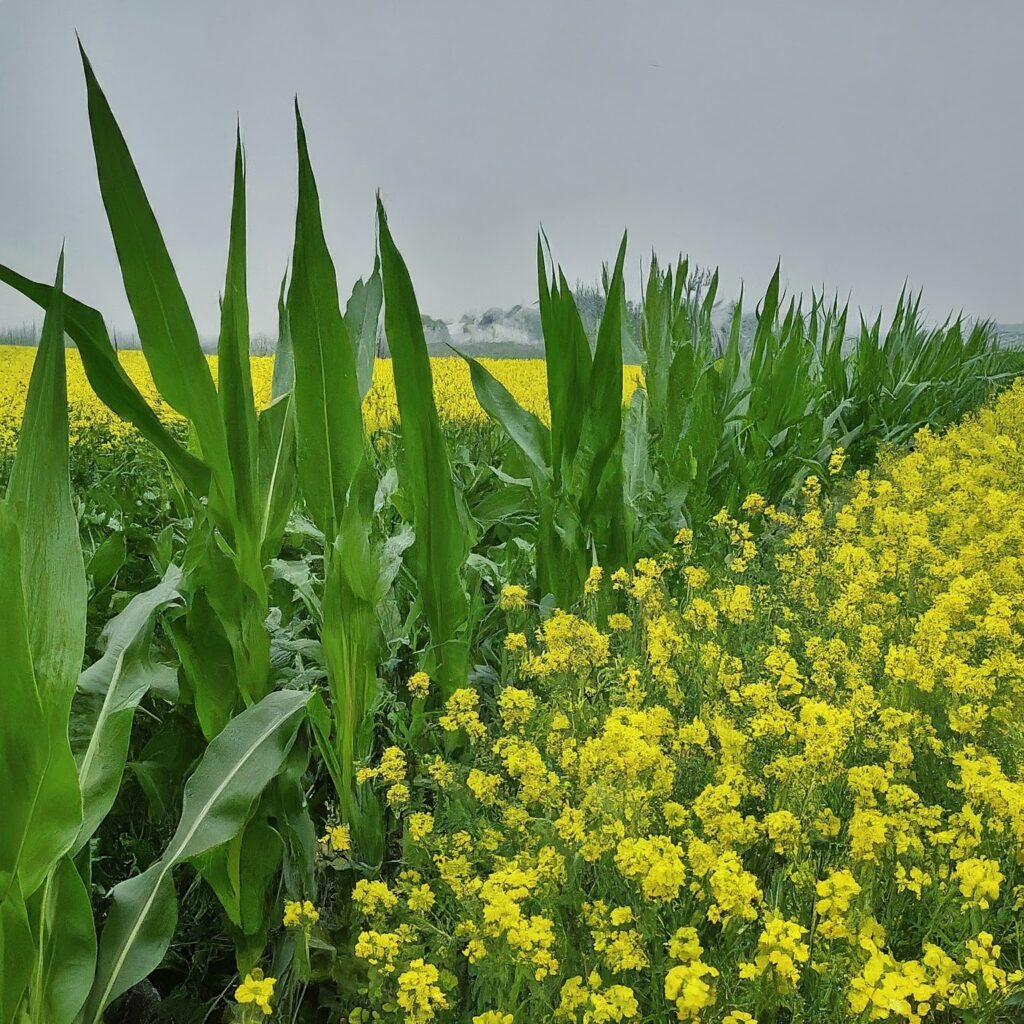Agro-climatic zones of Bihar are regions that share similar climatic conditions, such as rainfall, temperature, and humidity. This information is used to identify suitable crops and farming practices for each zone.

Bihar is a state in eastern India that is divided into four agro-climatic zones:
Zone I
| Region | Temperature | Humidity |
|---|---|---|
| North-Western | 10° to 40° C | 140 cm to 160 cm |
This zone covers the districts of Begusarai, East Champaran, West Champaran, Darbhanga, Gopalganj, Madhubani, Muzaffarpur, Samastipur, Saran, Sheohar, Sitamarhi, Siwan, and Vaishali. These regions are the alluvial plane. It receives the highest rainfall in the state, with an average of 1400-1600 mm per year. The temperature ranges from 10°C to 40°C. The major crops grown in this zone are rice, wheat, maize, sugarcane, and jute.

Zone II
Region
Temperature
Humidity
North-Eastern
9° to 42° C
120 cm to 140 cm
This zone covers the districts of Araria, Bhagalpur, Katihar, Kishanganj, Madhepura, Purnea, and Saharsa. It receives slightly less rainfall than Zone I, with an average of 1200-1400 mm per year. The temperature ranges from 9°C to 42°C. The major crops grown in this zone are rice, wheat, maize, pulses, and oilseeds.

Zone III (a)
| Region | Temperature | Humidity |
|---|---|---|
| South-Western | 11° to 43° C | 100 cm to 120 cm |
This zone covers the districts of Aurangabad, Gaya, Jehanabad, Kaimur, Lakhisarai, Nalanda, Nawada, Rohtas, and Sheikhpura. It receives the least rainfall in the state, with an average of 1000-1200 mm per year. The temperature ranges from 11°C to 43°C. The major crops grown in this zone are rice, wheat, maize, pulses, and oilseeds.

Zone III (b)
Region
Temperature
Humidity
South-Eastern
9° to 42° C
100 cm to 120 cm
This zone covers the districts of Bhojpur, Buxar, Jamui, Khagaria, Munger, and Patna. It has a similar climate to Zone III A, but with slightly higher temperatures. The major crops grown in this zone are rice, wheat, maize, pulses, and oilseeds.

The agro-climatic zoning of Bihar has helped to improve agricultural production and productivity in the state. By understanding the unique climatic conditions of each zone, farmers can select the most suitable crops and farming practices. This has led to increased crop yields and higher incomes for farmers.